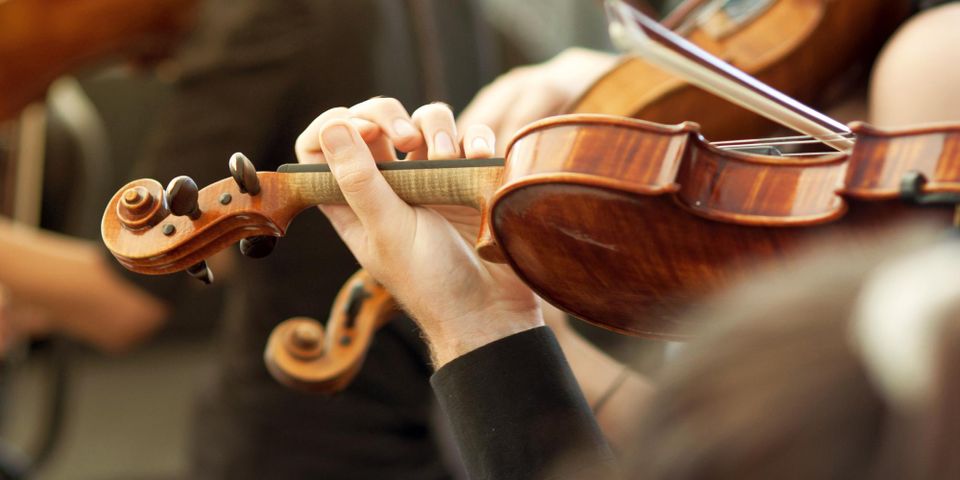
Violins have held a special place in world music history since their invention in the 1500s. This versatile stringed instrument has changed in form and function in the centuries since. Learn more about the violin’s remarkable history and why these changes were made.
The Violin’s Beginnings
Violins were first depicted in artwork in 1520, marking this the earliest sign of the instrument. Stringed instruments had long been common in music, but the violin appeared—and began being refined—after it became popular among the nobility. Famous makers in that time who created the first design included the Amati family, Andrea Guarneri, Francesco Rugeri, and Antonio Stradivari. Maple and spruce were the most popular woods used.
The violin became an integral part of the orchestra from the 17th century on as composers gave it more prominence. Some well-known composers who focused on the strings included Antonio Vivaldi, Joseph Haydn, Niccolo Paganini, and Johann Sebastian Bach.
The Modern Violin
The modern violin was established in the 19th century after many changes to its length, arching, bridge height, and neck angle. This improved style allowed it to produce higher ranges. The modern bow was invented by Francois Tourte around 1786, while the chin rest, designed for comfort, was invented in 1820 by Louis Spohr.
The String House are experts of violins in Rochester, NY. This full-service string instrument store has 50 years of experience pairing musicians with the right instrument for their needs, budget, and playing style. Their 100% trade-in policy allows you to exchange your instrument for one of greater value. Call (585) 442-9272 with any questions.
About the Business
Have a question? Ask the experts!
Send your question

